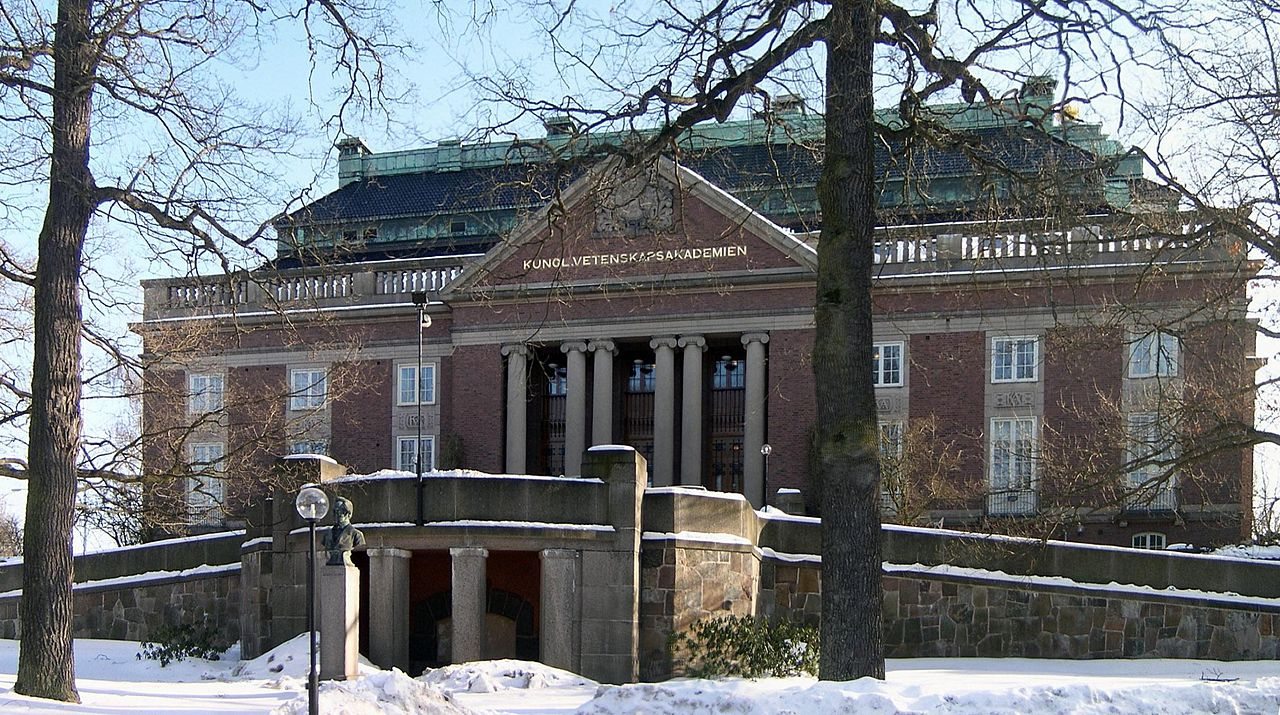The Nobel Prizes: an analysis
After a long wait – (nominations began in September 2014), laureates of the 2015 Nobel Prizes were announced during the first two weeks of October. We all know that the Nobel Prizes are important: but what impact do they have on the non-scientific world?
Physics
The Nobel Prize for physics is shared between Arthur McDonald and Takaaki Kajita from Queen’s University, Canada and the University of Tokyo, for ‘the discovery of neutrino oscillation’. As Henry explained, neutrinos are tiny sub-atomic particles with no charge. Most of the neutrinos around Earth are from nuclear reactions in the sun with hundreds of billions of solar neutrinos entering our vicinity each second, so they’re pretty important. The important conclusion of these scientists’ work is the neutrinos must have mass! This is a huge revelation for the world of subatomic particles – despite their small mass there are so many neutrinos in the universe that their combined weight is estimated to be around the same as that of all of the visible stars.
Chemistry
Split between three scientists, the Nobel Prize for chemistry was awarded to Tomas Lindahl, Paul Modrich and Aziz Sancar (the second Turkish-born recipient of a Nobel Prize ever) for their ‘mechanistic studies of DNA repair.’ Lindahl began searching for an enzyme to repair faulty DNA material at the Karolinska Institute in Stockholm. This was followed by Modrich’s detailed research into mismatch repair – using enzymes to repair damaged DNA; a very effective process for DNA protection. Later, Sancar worked at Yale University to identify and remove DNA material damaged by UV light using enzymes. The combined processes can repair a huge amount of DNA defects caused by UV rays, toxic substances and copying errors and are massive developments for many degenerative diseases and forms of cancer.
Medicine
The Nobel Prize for medicine was also split between three scientists who discovered two different drugs. We’ll start with Youyou Tu, the first female Chinese laureate, who discovered artemisinin, an anti-malaria drug. She was part of a secret military project trying to find a cure for malaria and decided to explore ancient Chinese medicine as part of her research. She combined this with modern statistical analysis techniques to produce artemisinin. The second recipient from Kitasato University, Japan is Satoshi Omura, a soil microbe expert who also took influences from natural remedies to discover avermectin. William Campbell took this work further at Drew University, New Jersey. Avermectin was evolved into the more powerful ivermectin and used to wipe out parasitic infections in humans. These discoveries are estimated to have improved 3.4 billion lives, almost half of the world’s population.
All of these laureates are extremely deserving and have made a big difference to their chosen fields. It’s reassuring to know that scientists are constantly making progress in the battles against some of the problems that mankind faces. I’m sure next year’s awards will bring another batch of equally inspiring and worthy recipients.

Comments